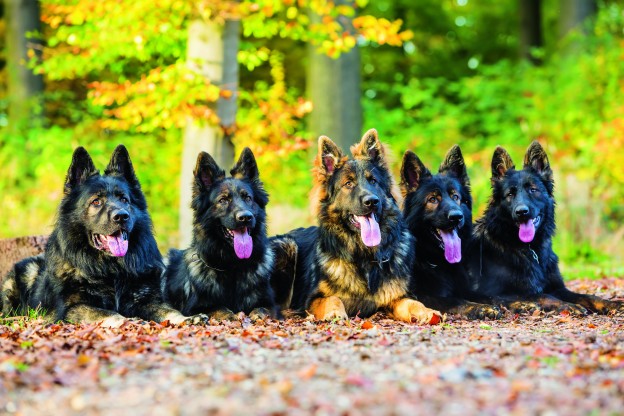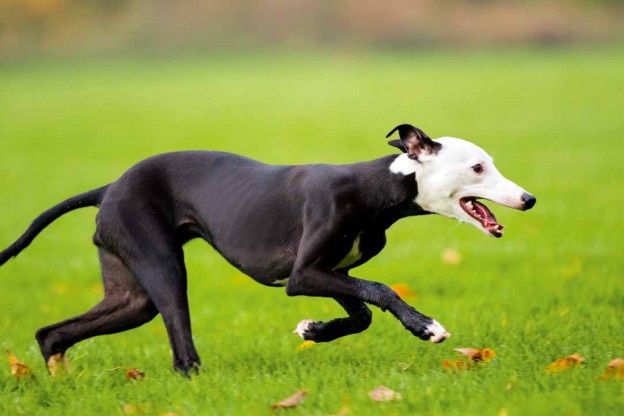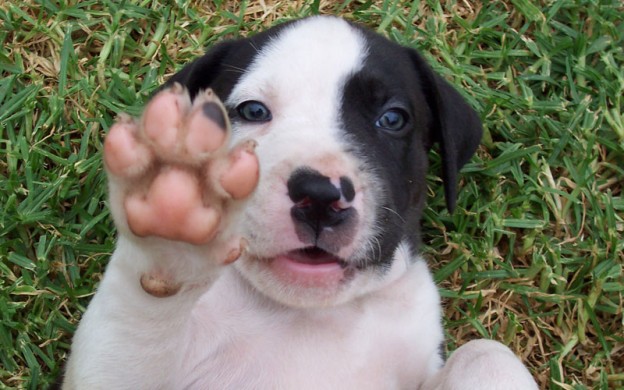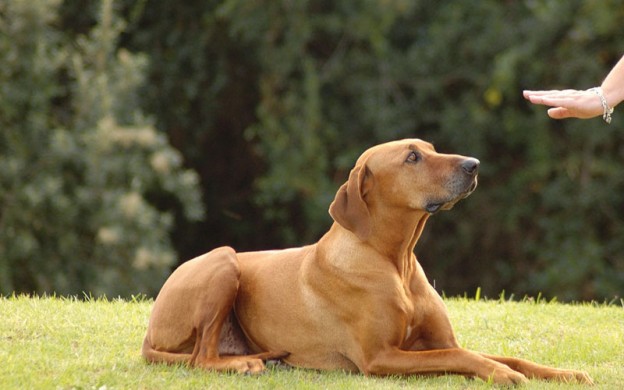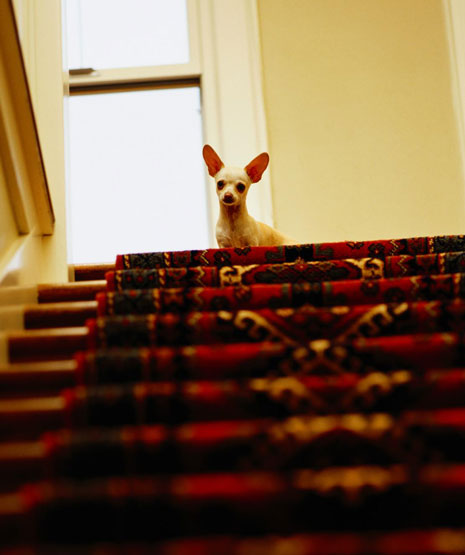
Separation Anxiety
This article first appeared in the September/October 2008 issue of Dogs Life.
Being away from your best friend is often just as hard on your dog as it is on you. Jilea Carney looks at the best way to tackle separation anxiety.Most happy, well-cared-for dogs love to have their owners company. They would prefer to be with us all the time. And if the truth be known, us with them!
But that’s not practical or possible 24 hours a day, and most dogs manage when we have to go to work each day or are absent for a number of hours. Some dogs, however, just can’t cope and become fearful and distressed when left on their own. This happens for a variety of reasons, but a dog who is very attached to its owner can suffer terrible loneliness and insecurity when separated. Veterinarians describe this as a pathological attachment; we describe it as unconditional love.Separation anxiety is more common in some breeds, can occur because of a dog’s background before adoption, and is usually part of a pattern of behaviour. The symptoms include pacing, panting, restlessnes, whining, barking or doing something that appears to the owner to be aimed at preventing them from leaving.
My own dog, Paris, who is always inside the house when I am out, expresses her separation anxiety by running outside as soon as the door is open and refusing to come in. It often adds half an hour to my strategy to leave the house.
Diagnosis
Your vet can accurately diagnose separation anxiety, and it is important to seek veterinary advice because other conditions could be causing your dog’s behaviour. It is also important to diagnose separation anxiety early so that medication or behaviour therapy can be prescribed to stop the condition getting worse.
A vet’s diagnosis will include analysis of your dogs behaviour before you leave the house and after, as well as the way it greets you when you come home. Also considered in the diagnosis will be your dog’s background, how old it was when you adopted it, whether it had had several different homes, came from a shelter or a breeder, or was a victim of cruelty. If your dog is from a shelter, it may have had a previous, traumatic separation.
Your vet will ask if your dog is the sort who follows you from room to room, and whether it responds negatively when you prepare to leave the house, such as picking up the car keys or your bag. Is there any other behaviour your dog consistently displays when you are leaving to go to work or out with friends? Does food remain uneaten while you are out? Is your dog destructive or does it urinate inside the house when left alone. How does your dog greet you when you return? Does it jump and become hyperactive?
The vet will also want to know if there has been a change in your normal routine, if you have moved house recently or been divorced or separated. Dogs can react strongly to an owner’s life changes. How you answer these questions will determine the vet’s diagnosis of mild, medium or severe separation anxiety and the subsequent treatment.
It is also important for the vet to rule out that your dog is simply under-stimulated and does not have enough environmental enrichment. If your dog does not have enough toys, balls etc to keep it amused, it could merely be bored. You will also increase your chances of a well-adjusted, well-behaved dog if it is regularly exercised and given regular attention that is, treated as a well-loved member of the family.
So, a detailed history of your dog’s behaviour and background and a physical examination to rule out a medical condition are needed to diagnose separation anxiety. That done, a number of treatments are available.
Treatment
The first thing to remember when treating separation anxiety is to never punish your dog for its behaviour even if it has been destructive or left a mess for you to step in. Punishment is sure to increase your dog’s anxiety and worsen its behaviour.
Treatment of separation anxiety often involves prescribing an anti-anxiety drug, as well as behaviour therapy. Drugs decrease your dogs anxiety, allowing it to benefit from positive reward-based training.
Training should be based on rewarding the dog’s quiet, calm behaviour and ignoring his or her anxieties. Your dog should always have a safe, comfortable place to go, whether you are home or not. Praise your dog when you see him approach his bed and lie down quietly.
Try to condition your dog to the cues you give when you are going out, such as picking up your keys and bag and putting on your coat. Reward him or her for not reacting anxiously. Teach your dog to sit and stay while you walk out the door, praising the dog all the time for good behaviour.
Other techniques include ignoring your dog for 10 minutes before you go out and when you come home. Downplaying greetings can also help, as intense highs and lows contribute to your dog’s anxiety.
You could also try purchasing interactive toys, such as Kongs stuffed with food and treats, or consider employing a dog walker who will turn up at the same time every day to give your dog something to look forward to. This will take his mind off his loneliness. Surrounding your dog with his or her favourite toys and leaving them with something that smells of you are other tips that may work.
Natural therapies vet Barbara Fougere recommends de-sensitising your dog to the cues that cause anxiety. “Pick up your briefcase, jacket etc or the things which normally signal your departure and walk to the door, but do not leave just put everything away, she told Dogs Life. The dog will be watching and possibly get up, but once you put everything away the dog should lie down. Once the dog is calm, repeat these actions. Eventually the dog will not respond to the cues because they no longer signal that you are leaving. The dog will then be less anxious when you do leave.”
Fougere says your dog must learn that attention-getting behaviour does not pay off. “Any attempts to get attention must be ignored. Teach your dog that it is the quiet behaviour that will receive attention, not following you around or demanding attention, she explains. “Teach your dog to relax in its quiet area and to accept lengthy periods of inattention when you are home. Then he or she is used to this routine when you depart.”
There are also wrap-around garments available that purport to help reduce your dogs anxiety. Fougere explains that these garments apply slight pressure or maintained pressure across a wide area of the body, stimulating the body’s receptors to aid in the transmission of different sensations to different parts of the brain. When the animal receives this new information, its awareness and focus can change, resulting in the animal letting go of the old sensation and modifying its behavior,” she says.
“Often, the response is within a few minutes animals, like people, are individuals. So while one dog may respond immediately to wearing the garment, it may take another dog a few to several times of wearing the wrap before you notice a change.



